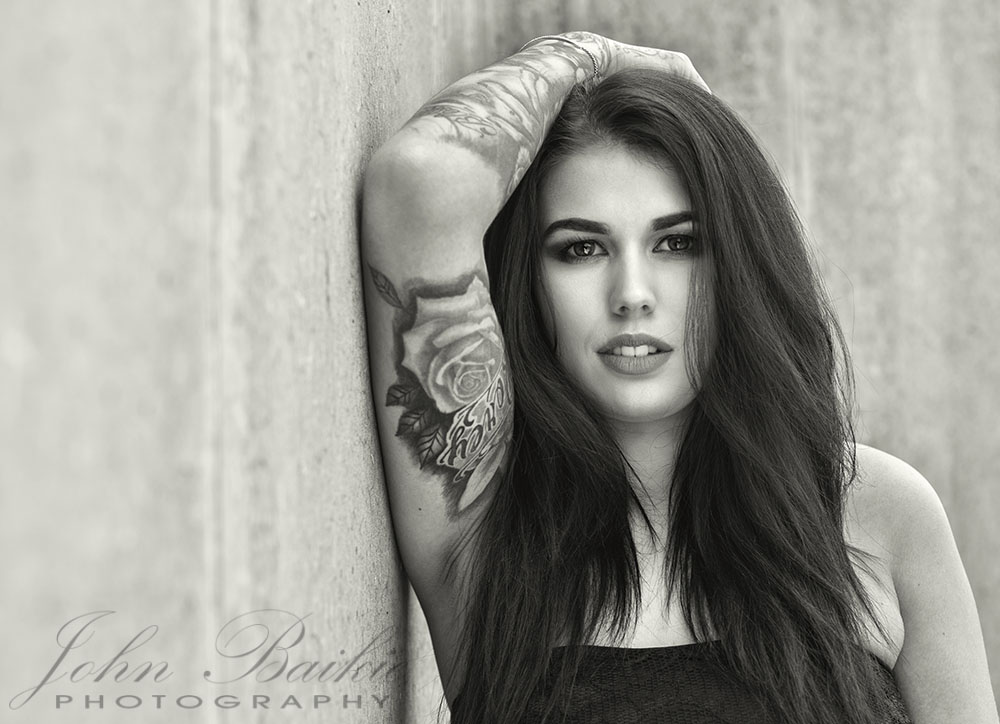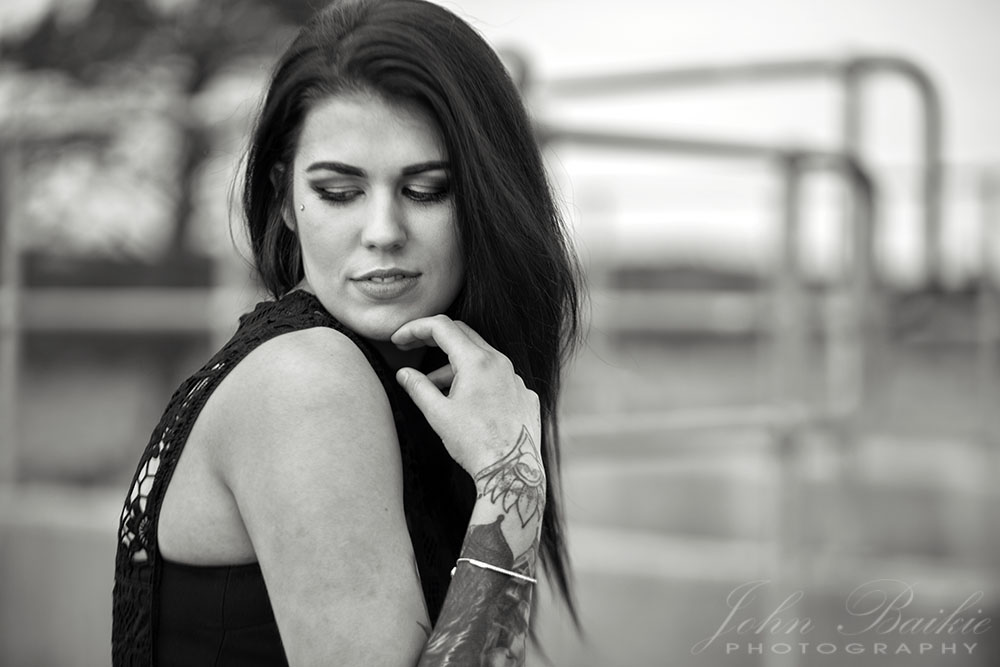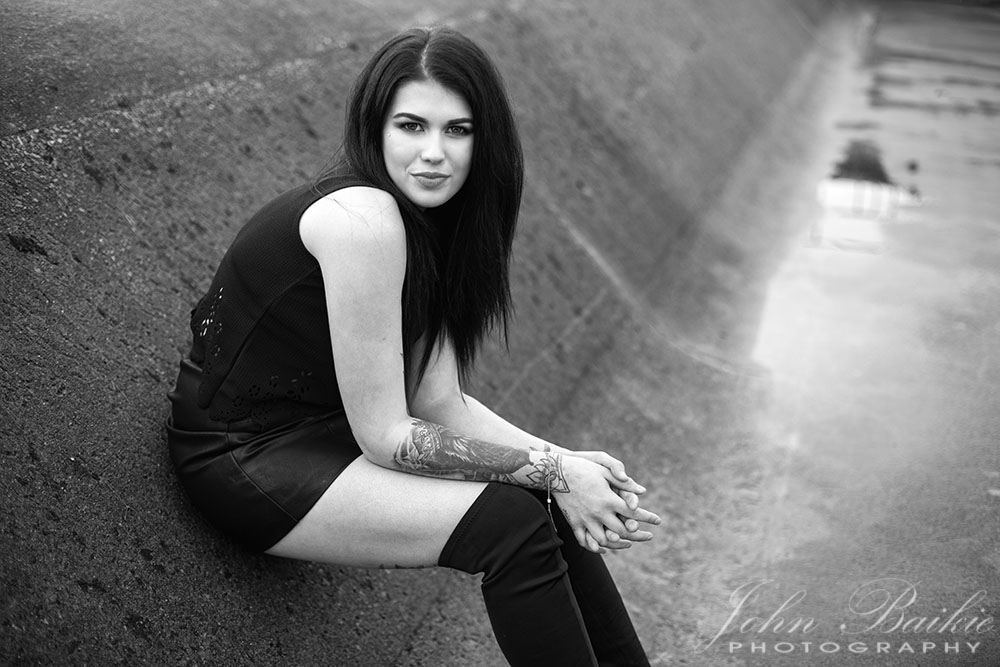
Shooting at a wide aperture will soften the background and make the subject stand out
Portrait Photography – Depth of Field
For this post I decided to make a change from landscape photography, as I had done quite a lot of landscape stuff recently. Time to mix it up a little. People like to shoot people it seems, so I decided to do some very straightforward tips for portraits which anyone with fairly basic kit can do. I see a lot of amateur photographers using every bit of kit they can lay their hands on, spending a fortune on all sorts of gimmicks and circus tricks, yet the images are still not great. Why is that? It is because we have to start with the basics. If you don’t understand the basics of photography, how can you do more advanced techniques? I have been lucky enough recently, to be asked to do a number of talks for camera clubs, schools and colleges, and the main thing I try to get across to people is, that you do not have to spend a fortune on all the latest gadgets to be able to take a good photo. All you need is a good eye. Sometimes it is nice to get creative, add some lights and create something spectacular, but you have to walk before you can run, so I like to try to get people learning how to get the best out of the basic equipment before they start adding tricks.
So, over the next few weeks I will be passing on several tips and techniques to make your portraits better, whether you are taking pictures of your family, friends, pets, or clients. I am going to start with a simple one, which is using depth of field to make your subject stand out. There are many reasons for using a shallow depth of field, but essentially it throws the background out of focus and thus removes distractions, and focuses the eye on the subject. The aperture or ‘f stop’ set on your camera defines this, and the smaller the number, the wider the aperture – confusing as it is – the more the background is out of focus.
This is particularly useful if you are shooting in a location which has a busy or messy background and you are struggling to find a good spot. You can buy a 50mm f1.8 lens for less than £100, and despite being a cheap lens, and made of plastic, it is actually one of the best lenses you can invest in, especially if you are just starting out. Some of my best headshots have been done using this lens, and it is always in my bag, wherever I am shooting.
Here is the lens and a couple of others which are ideal!
For this demonstration I enlisted the help of Stephanie, and tried to make the shoot as simple and basic as possible. I have just used the 50mm lens, and a silver reflector. I have also photographed her against an old concrete wall, to try to prove that you can get a nice portrait in any location if you look around and use your knowledge.
It is all about the eye contact in headshot photography, so the reflector has helped brighten them up by reflecting the sunlight back into her face, while the 50mm lens, set at f1.8 has focused on the eyes and nothing else, which has made her really stand out. The detail in the wall has been softened and no longer causes a distraction in the image. I did want to add the arm as I loved the tattoos and the black and white conversion helps it to compliment the rest of the image.

Here are a few more images from this shoot, showing the benefit of blurring out the background.

